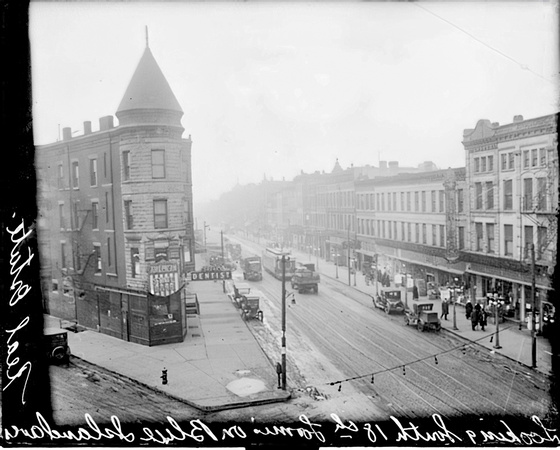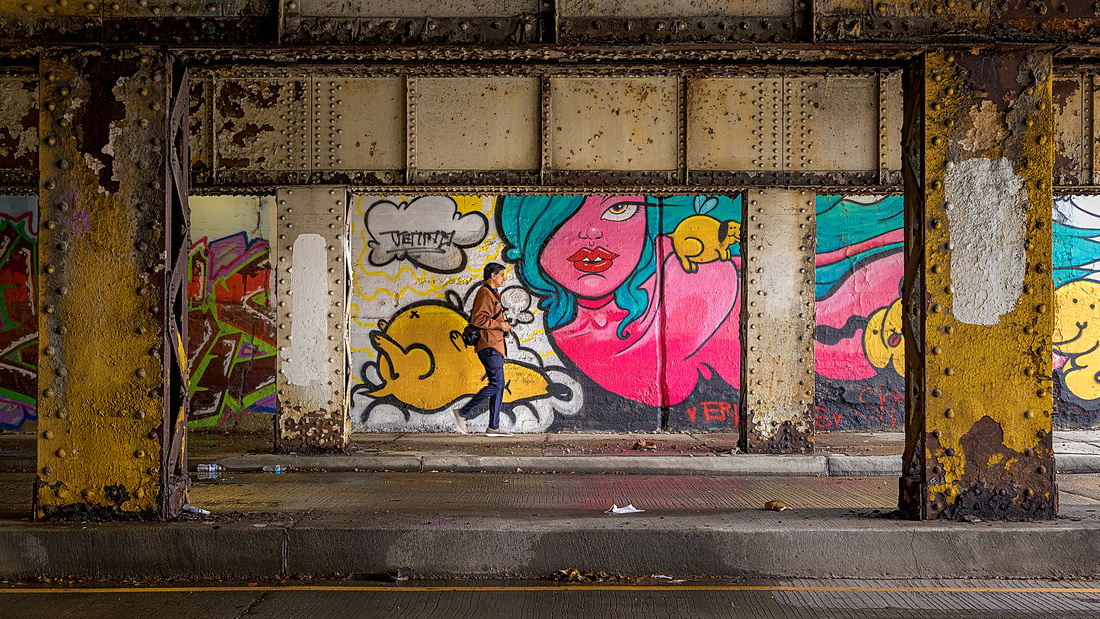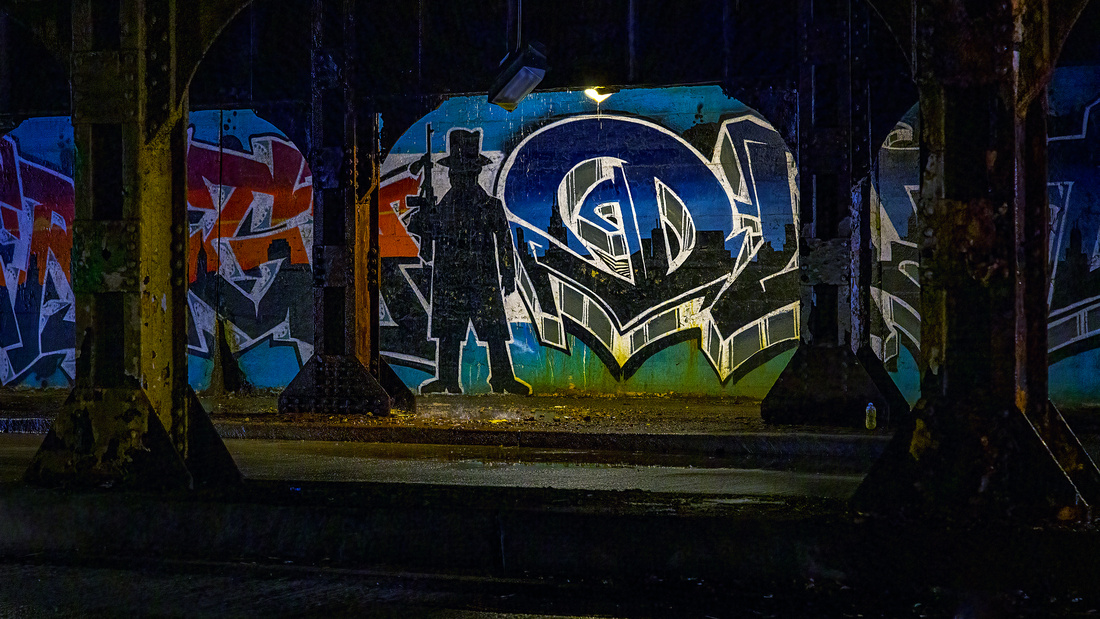Pilsen
One of the more interesting Chicago neighborhoods is Pilsen. Sensational murals add character and visual interest to the community. The neighborhood is bounded by Halsted Street on the east, Cermak Road on the south, Western Avenue on the west, and the West 16th Street railroad viaduct on the north.
The Irish
Irish immigrants first turned a tall grass prairie into a neighborhood. They arrived by the hundreds in the 1840s. Settling in what is now Pilsen, they built the Illinois and Michigan Canal, the Southwestern Plank Road (today’s Ogden Avenue), and the Burlington Railroad tracks.
Pilsen flourished, attracting factories, stockyards, breweries, and lumberyards. But frequent floods and poor sanitation (the poor couldn’t afford indoor plumbing) led to disease. Cholera outbreaks in the 1850s and ’60s claimed hundreds of lives. The residents that could afford to leave fled to higher ground and better living conditions elsewhere in the city.
The Czechs
After the Great Chicago Fire of 1871, many Chicago industrialists rebuilt along the river in Pilsen. Cyrus McCormick’s factory (later International Harvester), located at 22nd Street and Western, employed 800 men. The Pilsen Yards, at 22nd Street and Blue Island, became the largest lumber distribution center in the world.


Malleable Iron Works from 24th Street and Western Avenue. Courtesy of Roosevelt University’s Archives
New waves of immigrants arrived from Czechoslovakia, Germany, Poland, and Italy in the 1870s. The Czechs dominated, with thousands fleeing the Austrian Empire for political and religious freedom.
A Bohemian resident opened the At the City of Plzeň restaurant to honor the fourth largest city in what is now the Czech Republic. After that, residents began to refer to the neighborhood as Pilsen. The subsequent naming of the post office as Pilsen Station institutionalized the nickname.
The neighborhood continued as a home for mainly blue-collar Bohemians for decades. After Czechoslovakian independence in 1918, the rate of immigration markedly slowed.


18th & Loomis, ca. 1910s | Chicago photos, Chicago history, Pilsen (pinterest.com)
The Mexicans
Labor shortages during World War I brought over two dozen different immigrant groups to Pilsen, including a modest number of Mexicans. But it was the forced relocation of an estimated 5,000 people in 1960 to make way for the new University of Illinois at Chicago that changed Pilsen again.
Several Mexican families moved south to nearby and affordable Pilsen. By 1970, most of Pilsen’s population was Mexican or of Mexican descent.
Current Day
Rich in Latino culture, Pilsen is home to award-winning restaurants, iconic music venues, art studios, trendy bars, and sensational murals. It was named one of “The 12 Coolest Neighborhoods Around the World” by Forbes in 2018.
The Shot
I joined the Chicago Streets and Beyond Meetup Group for a photo walk in Pilsen recently. It was a target-rich photographic environment! I really enjoyed the way the murals were framed in the Wood Street viaduct under the railroad tracks. These two were my favorites from the walk.
Thanks for looking,
Chuck Derus

